**NOTICE**
Due to the danger and complexity of electronic equipment repair, the following technical tip is intended for professional reference only. Please refer to manufacturer’s recommendations as Encompass does not guarantee the accuracy, reliability or safety of this information.
Back in 2009, John La Grou, an electronics innovator, gave a Ted Talk on how to prevent home and office fires with a “smarter type of electrical outlet.” John wanted to look his best. The night before he was to give his Ted Talk, he did a load of laundry. After the wash cycle completed, he threw the load in the dryer and went to bed. Upon rising, he went to the dryer to find that his laundry was still as damp as when he had pulled it from the washing machine.
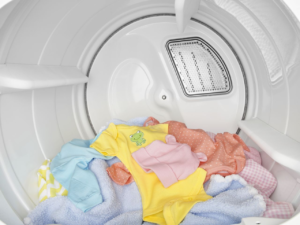 He only had a few hours before his presentation. In dismay, he Googled the keywords “dryer won’t heat up.” Lacking the time to do any troubleshooting on his own, he called a reputable appliance repair company and was greeted by a kind and patient customer service representative who asked a few basic questions. The inquiries seemed simple, but were
He only had a few hours before his presentation. In dismay, he Googled the keywords “dryer won’t heat up.” Lacking the time to do any troubleshooting on his own, he called a reputable appliance repair company and was greeted by a kind and patient customer service representative who asked a few basic questions. The inquiries seemed simple, but were
intended to eliminate oversights that could happen to anyone — especially when your mind is overloaded.
When troubleshooting, it’s best to start with the most obvious and simple repairs first, working toward the more uncommon and difficult repairs. The customer service rep wanted to know:
- Does the dryer run at all?
- If the dryer does not run, have you looked to see if the dryer is plugged in?
- If the dryer is plugged in but still does not run, have you checked the circuit breaker switch? There may have been a circuitry overload that tripped a breaker switch.
- If the dryer is not on a circuit breaker system, have you checked for a blown fuse?
- Have you checked the selector switch to see if you set it to air dry only?
- When you open the dryer door, do you smell mold and mildew? This could indicate poor drainage or some type of moisture leak from previous drying sessions and definitely increases the chances of an electrical short. If the washer is leaking, some of that water could have invaded the dryer and become the source of moisture.
Asking these questions may seem redundant, but could save the expense of an unnecessary service call. There are a few reasons for a dryer to not heat; this article focuses on two.
Tools Needed
- Multi-meter
- 5/16th nut driver
- Flathead screwdriver
The multimeter is the most important tool in an appliance repair toolkit. Give particular consideration on checking for continuity. In reference to electrical components, continuity is simply the unbroken flow of electricity from its power source and distributed through the appliance components.
A break in continuity in any part of the electrical system would indicate that electrical current is not flowing to that component. The good news is that if you find a break in continuity, you will usually have found the part that needs to be repaired or replaced.
Unplug the dryer before beginning any work. Be careful while you work around sharp edges and delicate components. You don’t want to cut yourself or damage another component.
Testing the Thermostat for Continuity
The high limit thermostat is actuated by temperature change. It is located behind the back panel and is attached to the heating element. The thermostat must be removed (see below) and tested at room temperature. Testing for continuity will determine if there is an unbroken flow of current. The following guide is for an analog multimeter:
- Dial the ohms resistance to the smallest possible setting.
- Calibrate the multimeter by touching the probes together and adjust the display needle to zero.
- Next, place a probe on either of the thermostat terminals and the other probe on the other thermostat terminal
- If the multimeter reads zero ohms of resistance, the thermostat has continuity.
- If the multimeter display needle does not move or change, there is no continuity and the thermostat should be replaced.
Thermostats should show continuity at room temperature and should shut off when heated up. If it doesn’t turn off when heated, the dryer could overheat and increase the chance of a home fire. If the thermostat didn’t test well for continuity, replace it. It’s an inexpensive repair and shouldn’t take longer than 15 minutes to complete.
How to Remove and Replace the Thermostat on a Whirlpool dryer
- The thermostat is attached to the heating element located behind the back panel.
- Remove the back panel.
- Disconnect the wire from the old high-limit thermostat.
- Detach the thermostat from the heating element terminal – test for continuity (see above).
- If the thermostat failed, replace it.
- Position the new thermostat and secure with two screws.
- Reconnect the wire to the top terminal.
- Use the wire that came with the thermostat replacement package and connects the thermostat to the heating element.
The thermostat is designed to turn off at high temperature. If it doesn’t shut off when heated, the dryer itself could overheat, increasing the chance of a home fire. This is one reason to not throw your clothes in the dryer and leave the house. Never leave a dryer running while you’re not at home.
Testing the Thermal Fuse for Continuity
- With a multimeter, set the ohms resistance to the smallest possible setting.
- Calibrate the multimeter by touching the probes together and adjust the display needle to zero.
- Next, place a probe on the thermal fuse terminal and the other probe on the other terminal.
- If the multimeter reads zero ohms of resistance, the thermal fuse has continuity.
- If the multimeter display needle does not move or change, there is no continuity and the thermal fuse should be replaced.
You won’t be able to determine if a thermal fuse has failed by simply looking at it. It must be removed and tested for continuity.
How to Remove and Replace the Thermal Fuse
- Disconnect the wires to the old thermal fuse, remove the screw that holds the fuse in
place, and remove the old thermal fuse.
- Next, install the new thermal fuse with the mounting screw.
- Reconnect the wires.
- Replace the back panel.
- Plug the dryer back in to make sure it’s functioning properly.
Oftentimes a failed thermal fuse is caused by a clogged venting system. Ensure the venting system is free of lint and any other material that may have inadvertently become lodged inside. It is recommended that you check the venting system after you change the thermal fuse.
To inspect the dryer vents, turn the dryer on and inspect the vent flap to see if it opens when air is being pushed through the system. If it opens, you’re good to go. If not, it means something is preventing air flow to escape. Dryer venting systems should be inspected regularly.
Special thanks to Fred’s Appliance Academy for this helpful tips!




 He only had a few hours before his presentation. In dismay, he Googled the keywords “dryer won’t heat up.” Lacking the time to do any troubleshooting on his own, he called a reputable appliance repair company and was greeted by a kind and patient customer service representative who asked a few basic questions. The inquiries seemed simple, but were
He only had a few hours before his presentation. In dismay, he Googled the keywords “dryer won’t heat up.” Lacking the time to do any troubleshooting on his own, he called a reputable appliance repair company and was greeted by a kind and patient customer service representative who asked a few basic questions. The inquiries seemed simple, but were
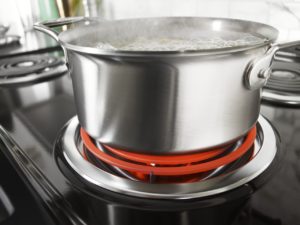 Troubleshooting
Troubleshooting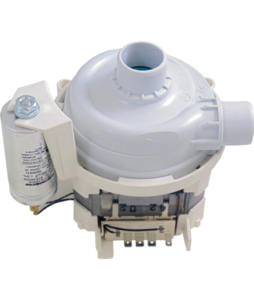 pressure settings. That means there are multiple different triggers that could force the pump and motor assembly to break.
pressure settings. That means there are multiple different triggers that could force the pump and motor assembly to break.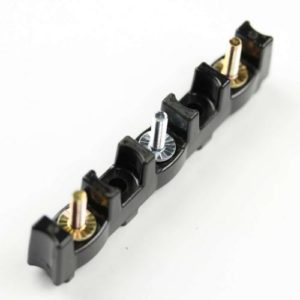 2. Remove the access panel on the terminal pull. Pull the oven away from the wall and move to the back of the appliance. Locate the
2. Remove the access panel on the terminal pull. Pull the oven away from the wall and move to the back of the appliance. Locate the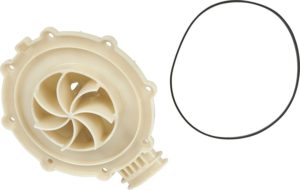 particles away. Here’s how to fix a Whirlpool dishwasher in just a few minutes with replacement part
particles away. Here’s how to fix a Whirlpool dishwasher in just a few minutes with replacement part 